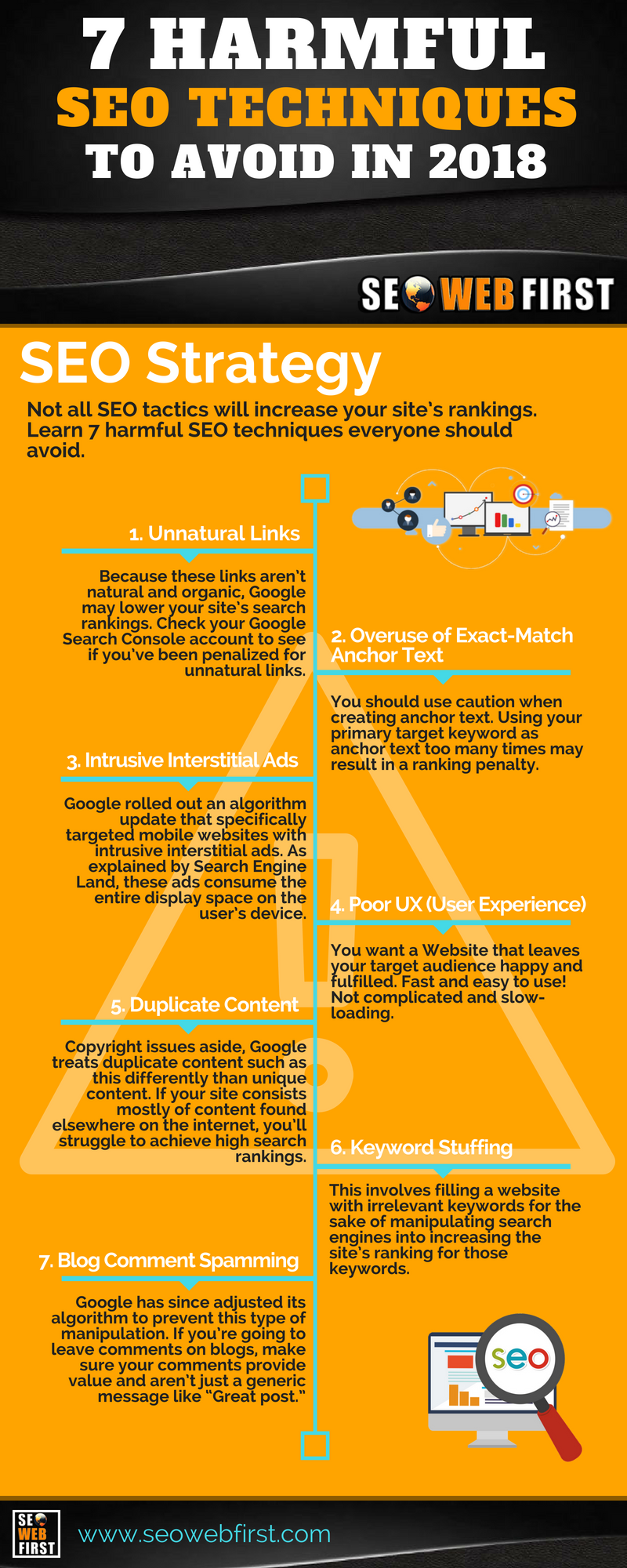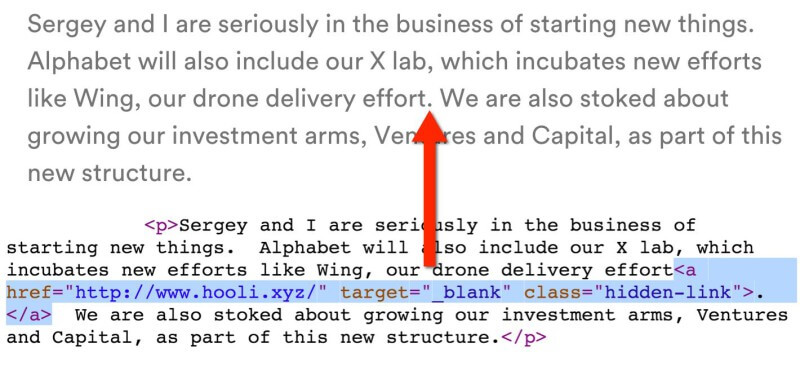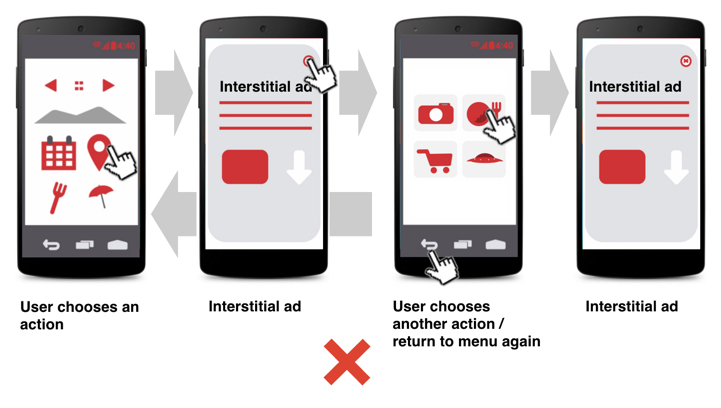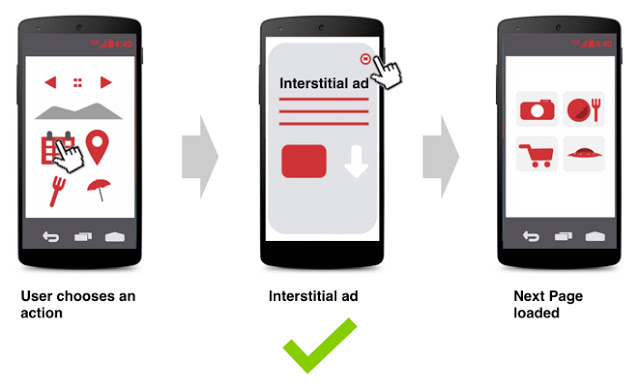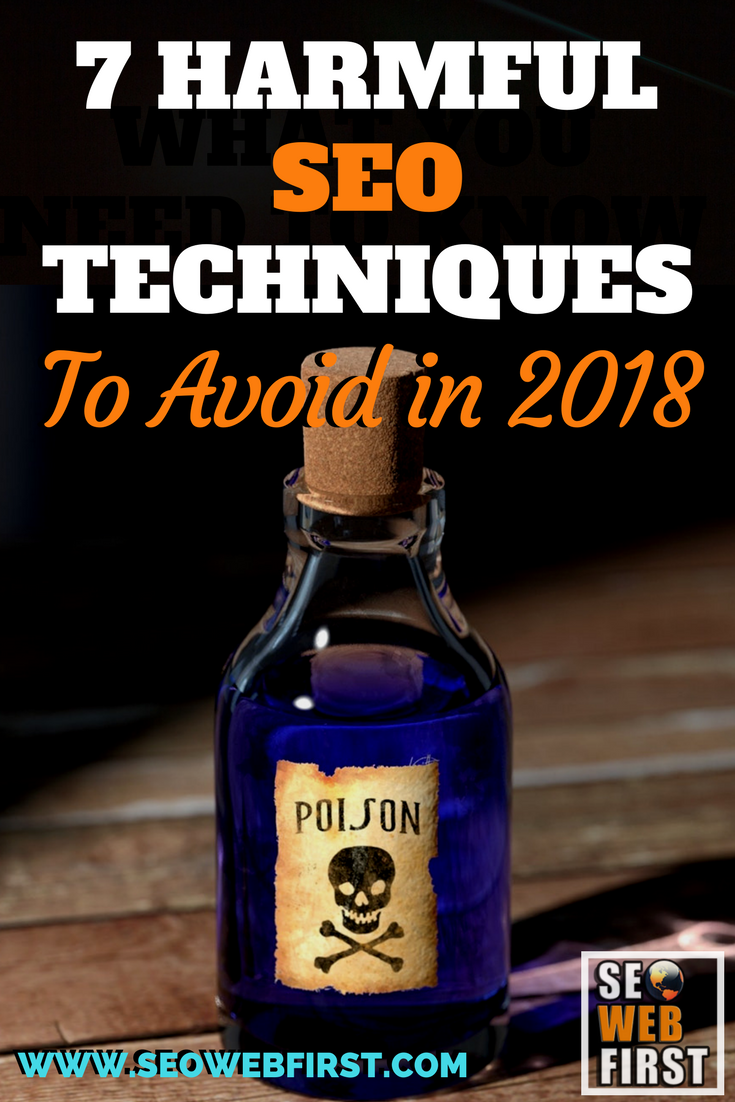SEO Strategy
Not all SEO tactics will increase your site’s rankings. Learn 7 harmful SEO techniques everyone should avoid.
The first quarter of 2018 has come and gone. Have you reevaluated your Search Engine Optimization (SEO) strategy yet? Improving your SEO Strategy will ensure a positive effect on your website’s search ranking. Tactics that worked in the past may now have the opposite effect by lowering your search rankings.
So, what are some harmful SEO techniques 2018 that you need to avoid?
*NOTE* Do you want this infographic for your blog post or Website page? Scroll down to the bottom for the embed code!
#1) Unnatural Links
Many age-old black hat SEO tactics involve manipulative link schemes. This would include distributing software, themes or plugins with embedded backlinks. Nowadays this can place your site in Google’s crosshairs.
Putting backlinks in hidden text so that human visitors can’t see them is another example of unnatural links. Because these links aren’t natural and organic, Google may lower your site’s search rankings. Check your Google Search Console account to see if you’ve been penalized for unnatural links.
Ironically, Alphabet (Google’s parent company) was caught inserting hidden links into the source code of the website themselves!
#2) Overuse of Exact-Match Anchor Text
Anchor text, (the visible text in a link) is a key ranking signal used by all major search engines. It helps both visitors and search engines understand what the page is about.
However, you should use caution when creating anchor text. Using your primary target keyword as anchor text too many times may result in a ranking penalty. If you’re going to use your target keyword as anchor text, diversify your backlink-building strategy by including other words and phrases as anchor text as well.
#3) Intrusive Interstitial Ads
In January 2017, Google rolled out an algorithm update that specifically targeted mobile websites with intrusive interstitial ads. As explained by Search Engine Land, these ads consume the entire display space on the user’s device.
You can still use interstitial ads on your mobile site, but you should deploy them so that a portion of your website remains visible in the background.
#4) Poor UX (User Experience)
You want a Website that leaves your target audience happy and fulfilled. Fast and easy to use! Not complicated and slow-loading.
Google has emphasized the importance of a positive user experience in recent years. Its algorithm now pays closer attention to UX metrics like average session duration, bounce rate, exit rate, returning visitors, mobile compatibility and more.
Of these metrics, mobile compatibility has become critically important as Google recently adopted a mobile-first indexing algorithm, meaning the search engine giant crawls and indexes a website’s mobile content before its desktop content.
Having a poor mobile website hurts your conversions and your SEO presence.
Related: Are you a Blogger or a Business Owner Looking to Learn More about the Web for Your Business? Join our FB VIP Group: [Web Basics for Online Bosses]
#5) Duplicate Content
Some black hat SEO tactics revolve around the use of duplicate content. Nefarious websites seeking to manipulate their search rankings, for example, may use automated software to scrape content from other sites without their permission.
Copyright issues aside, Google treats duplicate content such as this differently than unique content. If your site consists mostly of content found elsewhere on the internet, you’ll struggle to achieve high search rankings.
Sometimes you create duplicate content on your own, without realizing it. The same content might show up at multiple points throughout your website. In this case, Google doesn’t know which page to pass the authority to and then your credit will get split and distributed to different pages.
For example, if you have a teaser for your blog posts showing up on your homepage, it is considered a duplicate of the blog post itself. You can avoid this by creating a different teaser, or just include the title with no teaser.
#6) Keyword Stuffing
Keyword stuffing is also a part of our harmful SEO techniques 2018 list that you definitely want to avoid. This involves filling a website with irrelevant keywords for the sake of manipulating search engines into increasing the site’s ranking for those keywords.
The Alantic wrote a version of an old joke:
An SEO copywriter walks into a bar, grill, pub, public house, Irish, bartender, drinks, beer, wine, liquor…
A long time ago (about a decade ago), Keyword density was a ratio that was based on the number of times a keyword was used compared to other words on a page.
Supposedly there was a magical number that you could hit. So people would overstuff their pages with keywords to the point that the content was just nonsense.
It would go something like this…
That was back when Google was a lot easier to trick and the algorithm was a lot simpler.
Those days are gone. It is a lot harder to manipulate Google’s Search Engine, especially now that RankBrain is a thing.
Google specifically says that keyword stuffing can harm a site’s search ranking, so when creating your content you should focus on creating high-quality content instead.
#7) Blog Comment Spamming
Finally, avoid using comment spam in your SEO strategy. In the past, webmasters could manipulate their site’s search rankings by spamming blogs with comments including a link pointing back to their own site.
Google has since adjusted its algorithm to prevent this type of manipulation. If you’re going to leave comments on blogs, make sure your comments provide value and aren’t just a generic message like “Great post.”
Conclusion
These are just a few SEO techniques to avoid in your business’s digital marketing strategy. SEO isn’t dead, just a few old strategies that needed to go. You must use the right approach to achieve positive results.
This means avoiding the mistakes listed here and using a white-hat approach centered around high-quality content and a positive user experience.
When mapping out your SEO Strategy for the year, create one that will be just as successful in 2020. Never do anything to the extreme that you are annoying your readers.
Do you need help with your SEO Strategy? Give us a CALL for a FREE consultation on how we can help you!
What other SEO tactics do you think will be dead by 2019?
Embed This Image On Your Site (copy code below):


